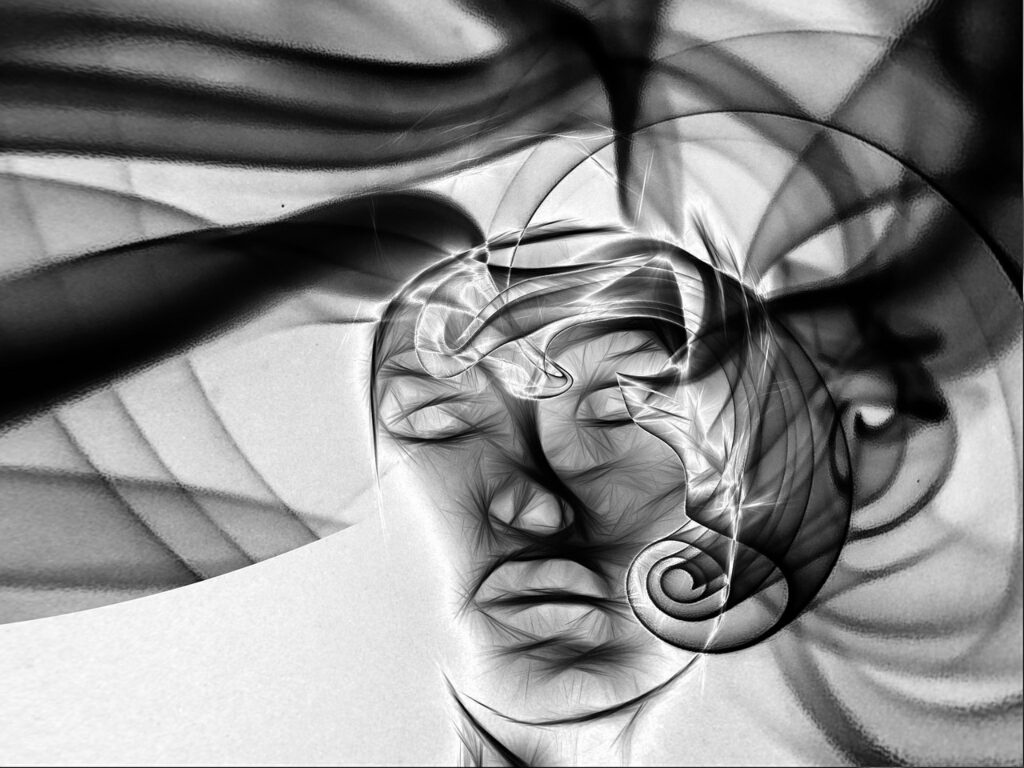We all know that people suffering from mental and neurological disorders like depression, addiction, and chronic pain are resistant to treatment. Studies show that almost 30% of depression patients don’t respond to any medication or psychotherapy. So, what to do? Any alternative?
A team of researchers from the USC Viterbi School of Engineering has developed a promising alternative: personalized deep brain stimulation.
The team was led by Maryam Shanechi, the Andrew and Erna Viterbi Early Career Chair in electrical and computer engineering at the USC Viterbi School of Engineering. A paper outlining there research recently appeared in Nature Biomedical Engineering.
Challenge
The problem with personalized deep brain stimulation has been the human brain itself.
The problem is that these diseases affect every individuals’ brain differently and every individuals’ brain can respond differently to a stimulation.
This made it really difficult to predict the effect of stimulation on a patients’ brain.
Thus, we required something news to be developed to effectively use deep brain stimulation to treat disorder.
Solution
In the new development, the team has found a way to predict what effect electrical stimulation will have on an individual’s brain activity across multiple brain regions by developing new stimulation waveforms and creating new machine-learning models.
In collaboration with Bijan Pesaran, Professor of Neural Sciences at NYU, the team demonstrated the success of the model in actual brain stimulation experiments.
To accomplish this, they designed two tools:
1. A novel electrical stimulation wave to map brain activity
2. A new machine-learning techniques that learn the map from brain data collected during stimulation.
“Our wave, which changes its amplitude and frequency randomly in time, allowed us to see and predict how the brain responded to a wide range of stimulation doses,” said Shanechi.
Just like every lock can be unlocked using a master key, the wave can be applied to any individual’s brain and provide a personalized map of how it responds to stimulation.
The hypothesis was tested by applying the wave on four different regions of the brain. In each case, they were able to predict the outcome on brain activity across multiple regions for the first time.
This means that doctors may soon be able to personalize a “dose” of deep brain stimulation on a case-by-case basis and in real-time by changing the amplitude and frequency of stimulation. This will have a huge implication on people suffering with treatment resistant depression and other mental and neurological disorders.
Journal Reference:
Yuxiao Yang, Shaoyu Qiao, Omid G. Sani, J. Isaac Sedillo, Breonna Ferrentino, Bijan Pesaran, Maryam M. Shanechi. Modelling and prediction of the dynamic responses of large-scale brain networks during direct electrical stimulation. Nature Biomedical Engineering, 2021; DOI: 10.1038/s41551-020-00666-w

